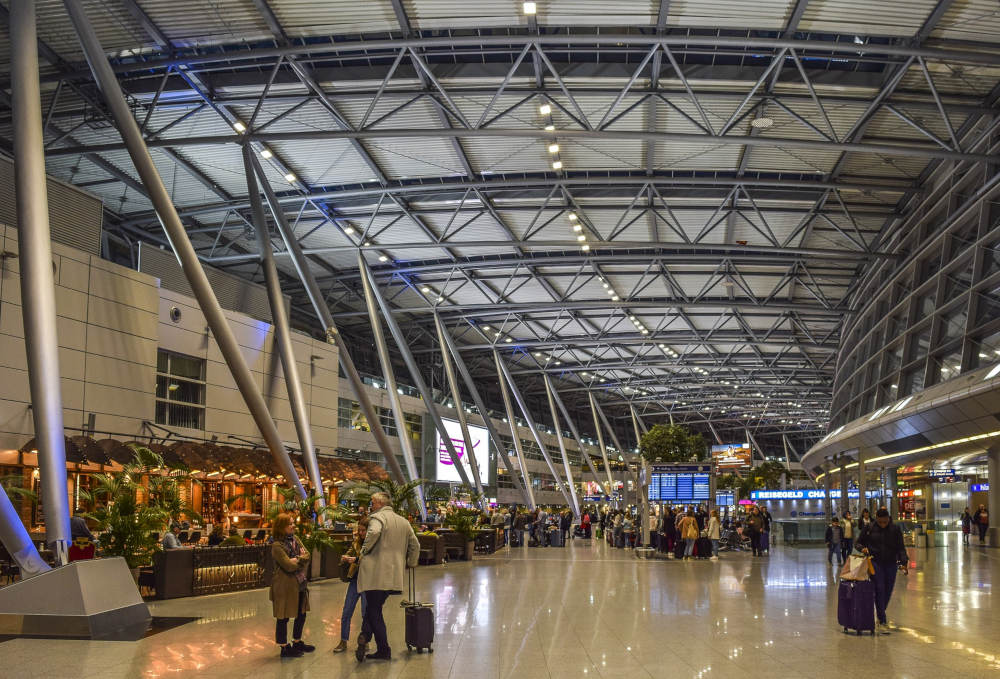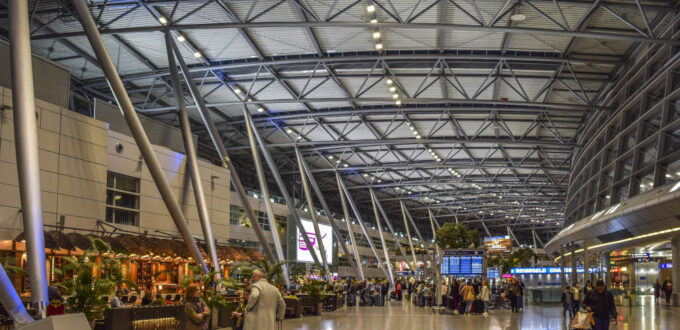
Seven key steps for a return to business travel.
The return to business travel as it was before COVID-19 will take a long time. With travel plans on hold, now is the best time for organisations to review where they can automate and optimise travel and expense processes so they are ready to adapt to the new travel environment.
A recently released 2020 Global Traveller Report found that 28 per cent of Australia and New Zealand business travellers felt worried about resuming travel once restrictions were lifted, while 62 per cent had positive feelings about returning to the road.
Employers will have an even greater duty of care for their employees when travel resumes. With travel plans on hiatus, organisations now have the opportunity to make sure they are well prepared for the new travel environment.
There are seven key steps organisations can take to deliver a successful travel program in the new travelling environment:
1.Plan ahead for continuous change. Disruptions and economic changes mean that organisations require an agile and adaptable return-to-travel strategy. They should plan for a phased return to travel, and keep employees informed of travel and expense policy changes.
2.Adapt quickly by staying informed. Never before has travel been so impacted by constant change across so many travel suppliers. A travel app is essential and should integrate the organisation’s travel and expense policies, as well as supplier alerts and travel messages so there’s no delay with employee access to critical travel updates.
3.Harness the power of foresight with pre-trip approvals. Businesses can obtain greater transparency over travel risk and spend by implementing a pre-trip request and approval process. This provides visibility into the purpose of trips and empowers managers to proactively manage budgets prior to approving employee travel.
4.Guide approved travellers to make wise choices. Once travel is approved, automated tools can help guide employees through the organisation’s travel booking process, ensuring they choose preferred suppliers and routes.
5.Build safety into pre-trip planning. Ninety per cent of business travellers are now more concerned about their safety, so it’s essential to have a clear organisational stance on safety, such as when masks and hand sanitiser should be used and how costs can be expensed.
6.Help employees stay safe while travelling. Employees can adapt faster and more easily when they are prepared. They need to be educated regarding new travel practices, such as what to do if they become unwell while travelling. Mobile and automated tools can keep employees informed of travel changes, as well as support touchless travel by capturing digital receipts.
7.Proactively manage the post-travel experience. Once travellers return home, continued duty of care should be top of mind. This may include requiring them to work from home for 14 calendar days to avoid contact with other staff and customers as a precaution, automate expense reporting so they don’t need to collect and retain paper receipts, and define standard post-travel reports for senior management.
By implementing required changes now, employers can ensure their employees are comfortable with new travel and expense processes and tools so that the organisation can get back to business much sooner.
Part of your planning should be to arrange Travel Insurance. Austbrokers Terrace can assist in this area – speak with them soon.
Source: Inside Small Business











